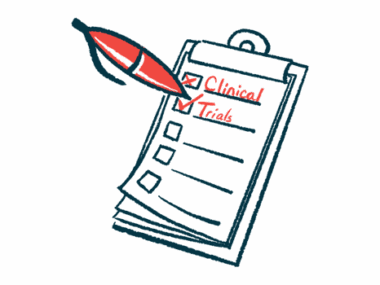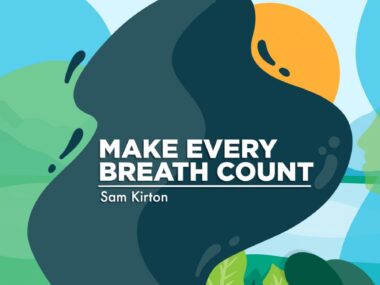Enrollment complete for Phase 2a trial of IPF treatment BBT-877
Results on safety, efficacy, tolerability expected in 2025 first half
Written by |

Enrollment has been completed for a Phase 2a study that’s testing idiopathic pulmonary fibrosis (IPF) treatment BBT-877, an investigational therapy from Bridge Biotherapeutics.
The Phase 2a trial (NCT05483907) is evaluating the safety, tolerability, and efficacy of BBT-877 in 120 adults with IPF, ages 40 and older, with or without approved antifibrotic background therapies. Top-line results from the study are expected in the first half of 2025.
The completion of enrollment “marks an important milestone in our efforts to develop innovative treatments for patients suffering from IPF,” James Lee, founder and CEO of Bridge, said in a company press release.
Pulmonary fibrosis is a disorder characterized by scarring, or fibrosis, of the lungs, leading to dry, hacking cough, shortness of breath, and other symptoms. Because its exact cause is unknown, the disease is classified as being idiopathic.
BBT-877 is designed to inhibit autotaxin, an enzyme that helps make lysophosphatidic acid (LPA), a fatty molecule that promotes fibrosis and is thought to be overactive in people with IPF. The therapy was granted orphan drug designation in the U.S., a status that incentivizes and supports the development of treatments for rare disorders.
IPF treatment reduced fibrosis in mice
In preclinical studies, BBT-877 markedly reduced fibrosis in an IPF mouse model. In a Phase 1 study (NCT03830125), the therapy was found to be safe and capable of reducing LPA levels in healthy volunteers by up to 90%.
Launched in late 2022, with the first participant dosed in 2023, the ongoing Phase 2a study now has 120 adults with IPF enrolled at about 50 sites in the U.S., South Korea, Australia, Poland, and Israel.
The trial was open to those who may or may not have been treated with background antifibrotic therapies, including Ofev (nintedanib) and Esbriet (pirfenidone). Eligible participants were non-smokers and had to meet certain physical and lung function requirements.
Participants were randomly assigned to receive 200 mg of BBT-877 or a placebo, twice daily, for 24 weeks, or about six months. Treatment efficacy is being assessed by evaluating changes in lung function, as indicated by forced vital capacity, or how much air a person can forcibly exhale after a deep breath.
Secondary outcomes include safety, exercise capacity, pharmacokinetics (how the medication moves into, through, and out of the body), and diffusion capacity of carbon monoxide, a measure of how well the lungs transfer inhaled gas into the bloodstream.
“Closely looking for business alliance opportunities in the global pharmaceutical industry, we will remain dedicated to advancing this novel drug candidate, which we believe has the potential to make clinically meaningful outcomes in IPF patients,” Lee said.







